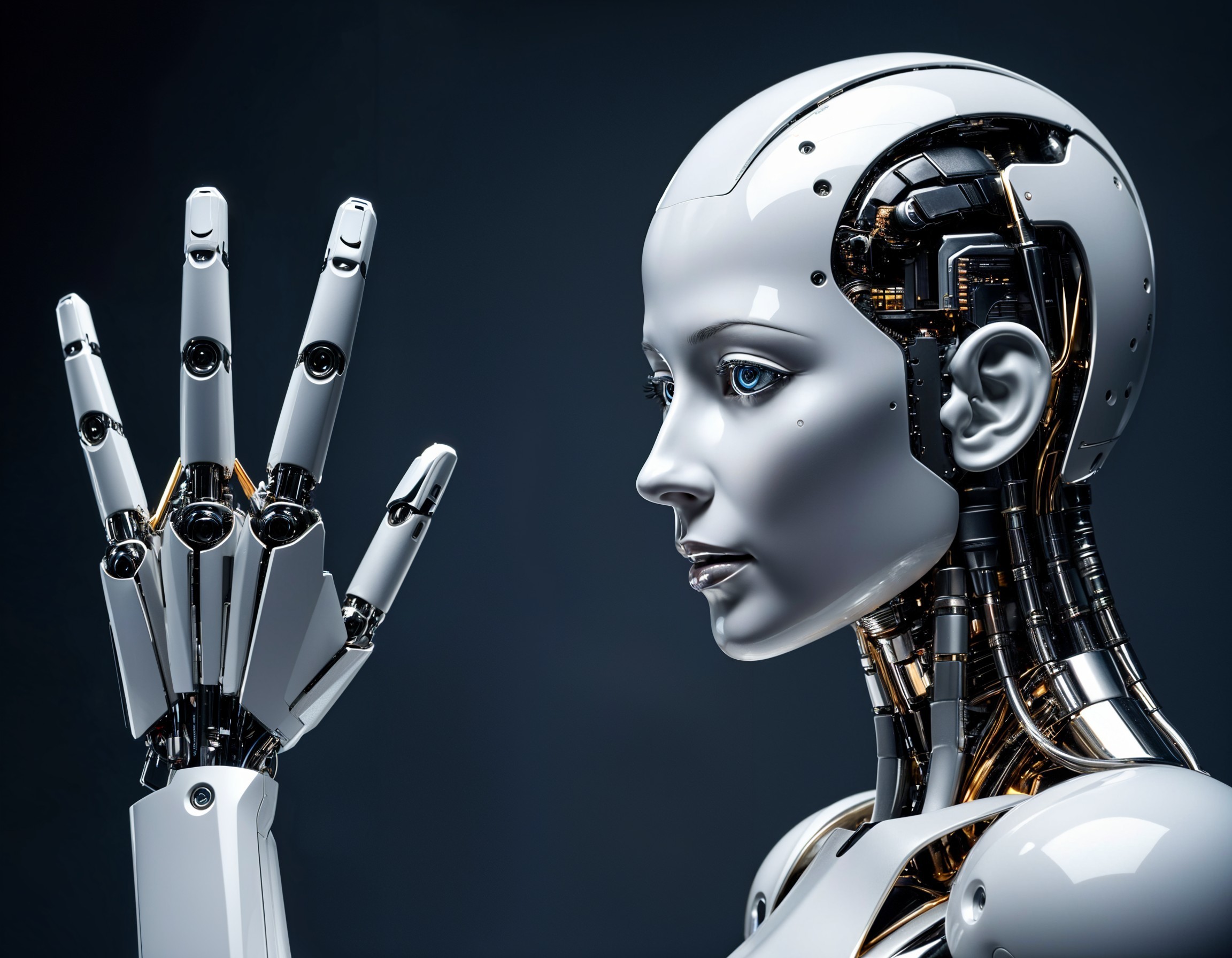Generative AI in Graphic Design, UX/UI, and Development
Generative AI is revolutionizing various industries, and design, UX/UI, and development are no exception. By leveraging machine learning algorithms and artificial intelligence, generative AI tools can create new designs, optimize user experiences, and even assist in software development. Let’s explore how AI is transforming these fields and what the future holds for designers and developers.

Generative AI in Graphic Design
Generative AI is a powerful tool in graphic design, automating time-consuming tasks and enhancing creativity. AI tools can generate logos, illustrations, layouts, and even entire brand identities based on user inputs. Some notable applications of AI in graphic design include:
Automated Design Generation: Tools like Adobe Sensei and Canva’s AI-powered features can assist designers by automating repetitive tasks, such as resizing designs or generating color schemes.
AI-Generated Art: Platforms like Artbreeder and DeepArt use AI to generate unique artwork by blending existing images or styles, helping designers find inspiration or create custom visuals quickly.
Design Optimization: AI algorithms can analyze user data and design patterns to suggest improvements, such as adjusting layouts or improving visual hierarchy.
Generative AI allows designers to experiment with styles, enhance their creative process, and produce high-quality work more efficiently.
Enhancing UX/UI with Generative AI
User experience (UX) and user interface (UI) design are crucial for creating engaging and effective digital products. Generative AI plays a key role in enhancing these areas by improving personalization, usability, and overall user satisfaction. Here’s how:
Personalized User Experiences: AI can analyze user behavior and preferences, tailoring designs to individual needs. For example, platforms like Spotify and Netflix use AI to personalize their interfaces based on the user’s activity, enhancing their UX.
Automating User Testing: Generative AI tools can simulate user interactions, conduct A/B testing, and analyze feedback, allowing UX/UI designers to iterate designs faster. This reduces the time spent on testing and helps in making data-driven decisions.
Smart Design Suggestions: AI-powered design assistants can suggest design elements like layouts, fonts, and color schemes based on current trends and user preferences, improving both UI aesthetics and functionality.
AI helps UX/UI designers by streamlining workflows, ensuring better usability, and crafting personalized, engaging interfaces.
The Role of Generative AI in Development
Generative AI is also making waves in software development. By assisting in coding, testing, and debugging, AI tools can speed up development cycles and help developers write cleaner, more efficient code. Here are some examples:
Code Generation and Completion: AI-powered tools like GitHub Copilot use machine learning to assist developers by generating code snippets and offering suggestions, making coding faster and less error-prone.
Automated Testing and Debugging: AI can run automated tests on code, identify bugs, and even suggest possible fixes, significantly improving software reliability and reducing human error.
AI in Algorithm Development: Generative AI can help developers create complex algorithms by generating and refining code based on input criteria, which can be particularly useful in data-heavy applications or machine learning projects.
Generative AI aids developers by automating tedious tasks, accelerating development, and enhancing the quality of the software product.
The Future of Generative AI in Design and Development
As generative AI continues to evolve, its role in graphic design, UX/UI, and development will only become more integral. Future advancements may include:
More Advanced AI Creativity: AI will become more capable of generating unique and original designs, learning from the creative preferences of both designers and users. Deeper Personalization: UX/UI design powered by AI will become even more intuitive, offering hyper-personalized user experiences that adapt in real time to user behavior and preferences.
Automated End-to-End Development: Developers may rely on AI to handle almost every stage of the development process, from ideation and design to coding and deployment, making development faster and more efficient.
The future holds limitless possibilities for AI to enhance creativity, streamline processes, and deliver more personalized user experiences across all digital touchpoints.
Conclusion
Generative AI is reshaping graphic design, UX/UI, and development by automating routine tasks, improving personalization, and enhancing creativity. As these technologies continue to evolve, designers and developers will find themselves with even more powerful tools to create innovative solutions. The combination of human creativity and AI’s efficiency promises an exciting future for design and development.
© 2024 Creflo Inc. Copyright and rights reserved